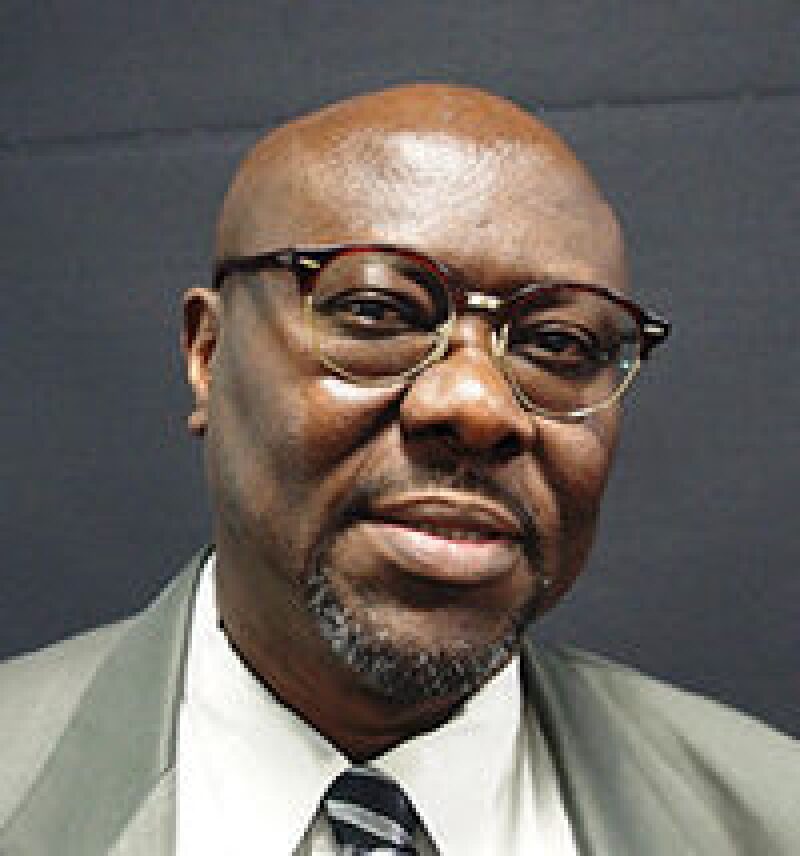Rotary-steerable tools (RSTs) are now deemed mainstays in the drilling community. Their introduction, considering the directional-drilling challenges they sought to address and their overall effect on wellbore-construction efficiencies, injected lots of excitement into the industry. Initial successes facilitated expanded use of RSTs into other project types, notably vertical drilling and much-higher-dogleg-severity (DLS) applications.
To sustain the initial improvements achieved with the tools, several questions had to be raised. First, can simpler, efficient, and cost-effective RSTs be developed for vertical drilling? Second, do the higher-DLS conditions (greater than 8°/100 ft) present different challenges, and can the requirements be achieved with the existing tools?
These questions initiated development of new and improved RSTs. Additionally, there was a clear realization that solutions for the challenges had to involve other disciplines. Yes, improved RSTs have been developed for higher-DLS applications. However, achievement of this performance objective depends on several other factors and not just the RST.
In addition to achieving the higher-DLS requirement and ensuring delivery of useable wellbores, it is also important to have long runs at rates of penetration (ROPs) that reduce project costs and cycle times. Drilling vibrations, regardless of the specific modes, are seen as critical barriers to the achievement of these goals. In most instances, strategies used to improve DLS capabilities during drilling end up compromising other critical performance objectives. In this respect, the biggest losers are usually ROP and footage. If left unattended, these eventualities and the resulting strategies and consequences could end up having negative effects on cycle time, the very factor they were intended to improve.
Researchers, in studying the unique effects of vibrations on drilling performance and specifically on higher-DLS requirements, have identified most of the driving factors. The elements include bits, reamers, bottomhole assemblies, drill designs, formation drillability, drilling parameters, stabilizer types, hole sizes, and drilling-fluid types. It is also worth noting that an RST, on the basis of its functioning principles, can also initiate vibrations. Consequently, analysis of RST vibration issues, as they relate to reliability and efficiency, must be executed holistically.
Finding effective and lasting solutions that address RST vibration issues (on the basis of driving factors) requires a multidisciplinary effort where all hands have to be invited on deck.
This Month's Technical Papers
New Rotary-Steerable System Delivers High Dogleg Severity, Improves Penetration Rate
Bending Rules With High-Build-Rate Rotary-Steerable Systems
Improvements in Root-Cause Analysis of Drillstring Vibration
Recommended Additional Reading
SPE/IADC 178147True Point-the-Bit RSS Upgrades Meet Well-Placement Challenges in High-Build-Rate Application: A Case Study From Kuwait by Mohamed Boushahri, Kuwait Oil Company, et al.
SPE/IADC 178788 Fully Mechanical Vertical-Drilling System Delivers RSS Performance in Vertical-Drilling Applications While Providing an Economical Alternative to Conventional Rotary-Steerable-Systems Setup for Vertical-Hold Mode by Steve Jones, Scout Downhole, et al.
SPE 175834 Insights of Wellbore Imaging and Lithology and Minerology Wireline Logs To Minimize the Uncertainty Regarding Bit Selection and Design, an Engineering Approach by Wael El Sherbeny, Baker Hughes, et al.


